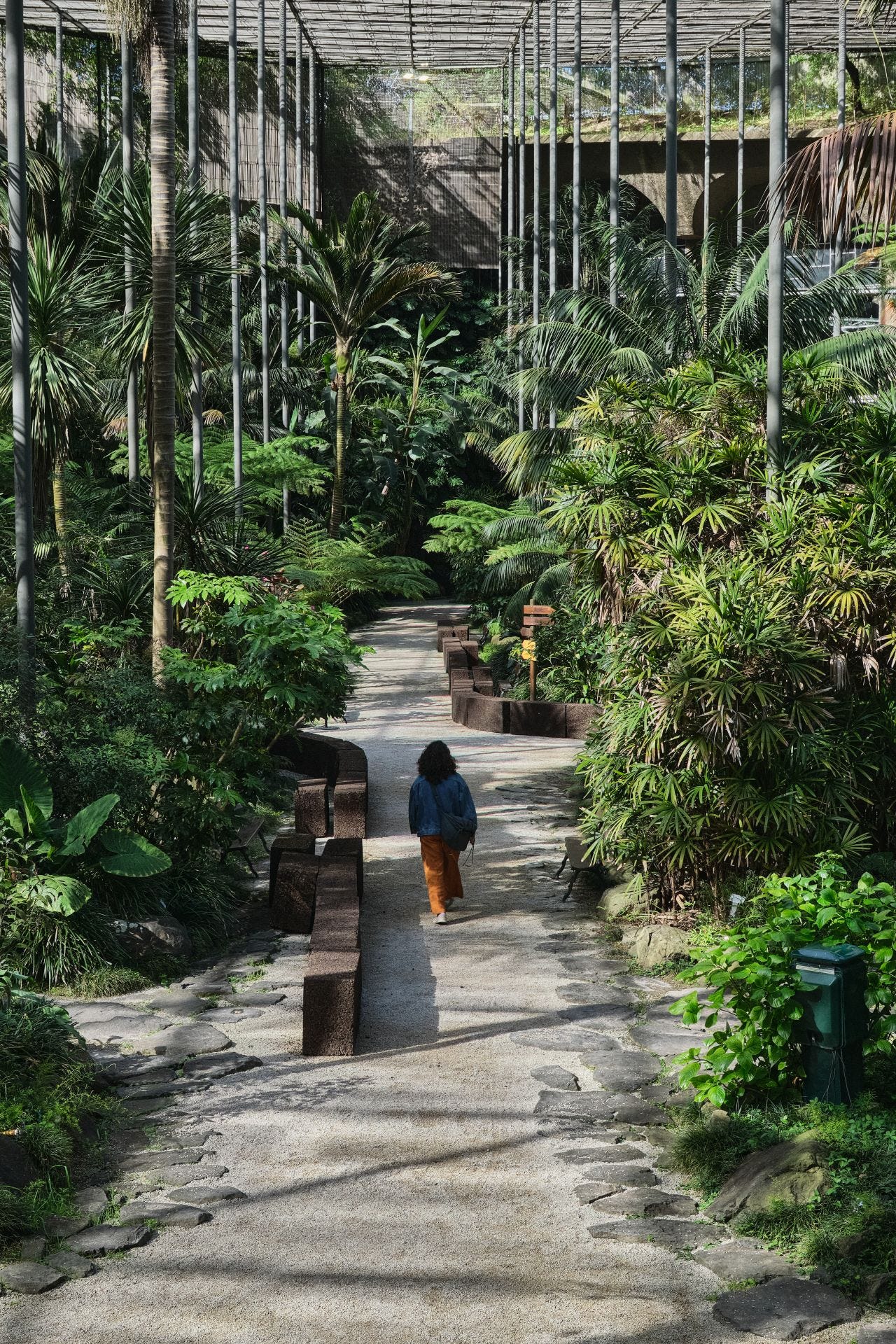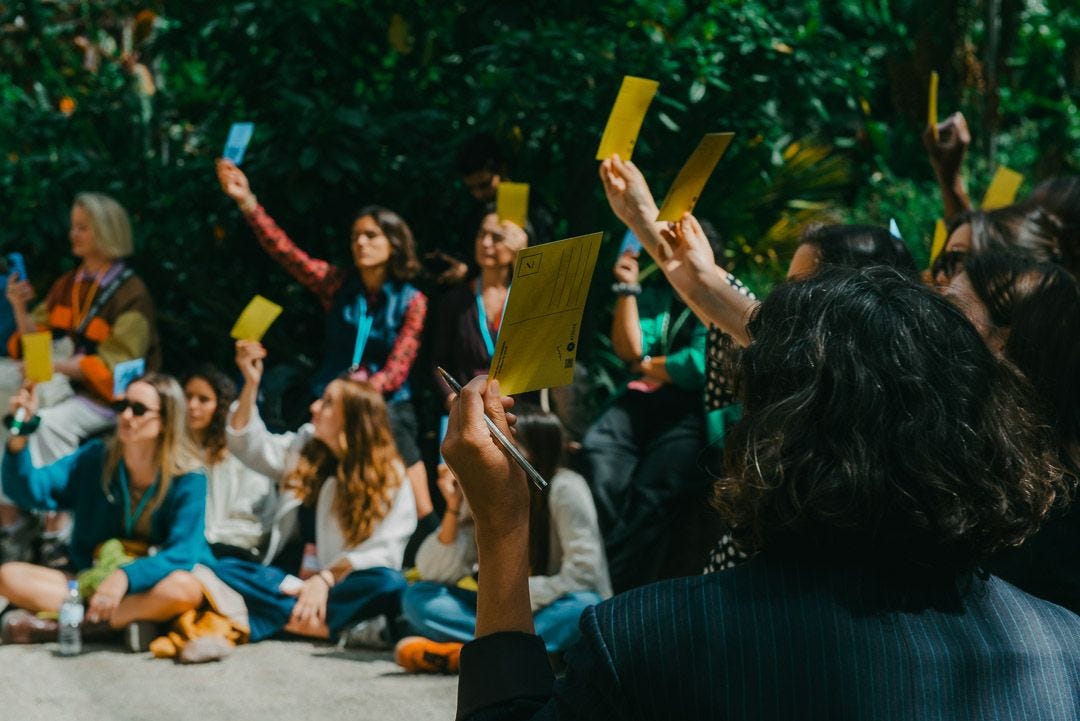How to Think About Futures Differently
Five steps for writing and creating strategic foresight scenarios

In strategic foresight practice, environmental scanning and horizon scanning are how we come to understand the present and current trajectories of change. Scenario generation maintains a necessary level of complexity to support anticipation. By living inside of a scenario, strategist and designers can better prepare for changes in their operating environments, identifying potential challenges and opportunities. Reflection on sets of scenarios is foundational and well-established in strategic foresight practice.
Working through alternative futures scenarios strategically cuts through uncertainty. According to the Harvard Business Review, scenarios are the most recognizable tools in strategic planning (Scoblic, 2020). I’ve written this post as an instructional resource. I’m going to provide an overview of methods for generating characteristics of scenarios, a process for creating draft scenarios, and some brief example narratives.
I’m inspired by the invitation to contribute towards Futures Days scenarios for governance in 2042 (De la Osa et al., 2025 ) and restorative societies in 2062 (Noronha et al., 2025). These Futures Days pieces were made from contributions of multiple users across the Globe. So, as I begin to critically reflect on these scenarios, I am always brought back to my first principles.
Join me in this grounding moment.
Foresight and futures thinking is about imagining all possible futures: good, bad, in-between, and, importantly, more desirable.
Methodology
Foresight scenarios (or futures scenarios) are speculative stories about alternative and possible futures. Scenarios are useful for understanding complex subjects and can be created during a foresight exercise, or used as the basis for strategic thinking and discussion. Think Tank and journal, The Futuribles International Association (2025), says that “scenarios can have three complementary objectives:
To provide summary material that encourages collective awareness and debate.
To provide a basis for innovation, for example by asking what needs to be changed or invented in order to be a ‘winner’ in this scenario.
To stimulate strategic thinking, for example by considering the possible responses to different future scenarios.”
Generally, most people expect the future to be just like the present, essentially the same as their memory of the past. Every now and then, something truly different might happen, but then things settle down and return to business-as-usual. Futurist Jim Dator has a theory about this; we see consistently four generic, basic, mutually-exclusive images of the future across all scenarios and imaginings (Dator, 2017). These generic images represent the restraints of present mental models for thinking about what might happen in our futures. All images of the future tend to depict societal growth, collapse, discipline, or transformation (Dator, 2017).
Process
Nonetheless, each individual image of the future still has its own set of facts, preferences, logic, and way of knowing about what might happen (Dator, 2017). So, the practice of creating futures and foresight scenarios is about exploring and articulating these details from various perspectives.
While stories about possible futures can be told using a variety of media (narrative, photos, video, etc.), it is important to start with a written draft. I tend to create one outline about how the present is changing that extrapolates trends across different societal domains (STEEP-V). Then I begin to differentiate between alternative scenarios.
There are other tools that provide mental models for building-out comparative scenarios: archetypal futures, 2x2 matrix of critical uncertainties, cone of plausibility, and other metaphors. These orientations or frameworks for scenarios provide little sandboxes to play inside.
Here are the steps I take to write scenarios:
Read and reference some source material - what is happening in the present? How are things changing? What new innovations make you excited or concerned? This is how you will find trends and drivers of change to extrapolate.
Determine why and how you want to use your scenarios: the purpose will determine if you take a more technical approach or lyrical approach to describing the futures.
Run down your STEEP-V and write about how each domain is influenced and what is happening with your topic/purpose of study. To be especially thorough, write down how each of the trends you discovered is changed within each domain and within each future.
Reflect on the writing from step 3 and move to a clean document. Imagine you are living in one of your future scenarios, you wake-up in the morning and get dressed for the day. You want to go for a walk. What do you do?
Write, write, edit, and write!
Examples

Inspired by the features Futures Days scenarios by De la Osa et al., 2025 and Noronha et al., 2025, I’ve created some examples. I spent about 30-minutes outlining some criteria for a 2082 that features decentralized and diffused governance, children's and elders' councils, deliberate decision-making with a focus on open-air consultation and intergenerational fairness. These same criteria can play out differently within different archetypal futures.
A Disciplined 2082
Governance in this 2082 feels like a slow, sacred rhythm; collective breath-taking by communities in sync with plants, animals, and each other. Decision-making is deliberate and ceremonial. Councils are often held in open-air forums with music, food, and storytelling, which are integral to the ceremonies. Governance feels trustworthy, transparent, and deeply local, yet globally networked. It’s not about efficiency—it’s about care, continuity, and consent.
A Collapsed 2082
Governance in this 2082 feels like a patchwork of survival strategies; local community leaders struggle to maintain coherence amidst deep distrust. Decisions are delayed by endless negotiation or hijacked by private interests. Open-air consultations of the Children's and Elder's Council continue, but they are often tense, performative, or sparsely attended. Recommendations are symbolic at best. Trust is not just low—it is brittle. People participate in governance not out of hope, but necessity. Governance feels like a burden: slow, fragmented, and reactive.
This is just the beginning. This post really only scratches the surface of what scenarios can be, without presenting their real-world uses. There are many! Foresight, futures literacy, anticipation—these are practices to be repeated.
For now, I invite you to share your vision for governance in 2082 in the comments or tag me in a note.
What is your vision of 2082?
References:
Dator, J. (2017). Manoa’s four generic images of the futures. Compass, 2–12.
De la Osa, P., Sherwin, G., C., E., Garrido, M., and Pierre, D. N. (March 16, 2025) The Future of Governance: More voices, new paradigms. Future Days LinkedIn.
Futuribles. (2025). The stages in the foresight process: Scenario Building.
Noronha, G., Garrido, M., Sherwin, G., Pierre, D. N., Bifano, C. G., and C., E. (April 4, 2025) Year 2062: The Dawn of Restorative Societies. Future Days LinkedIn.
Scoblic, J. P. (2020, July 1). Learning from the future. Harvard Business Review.




